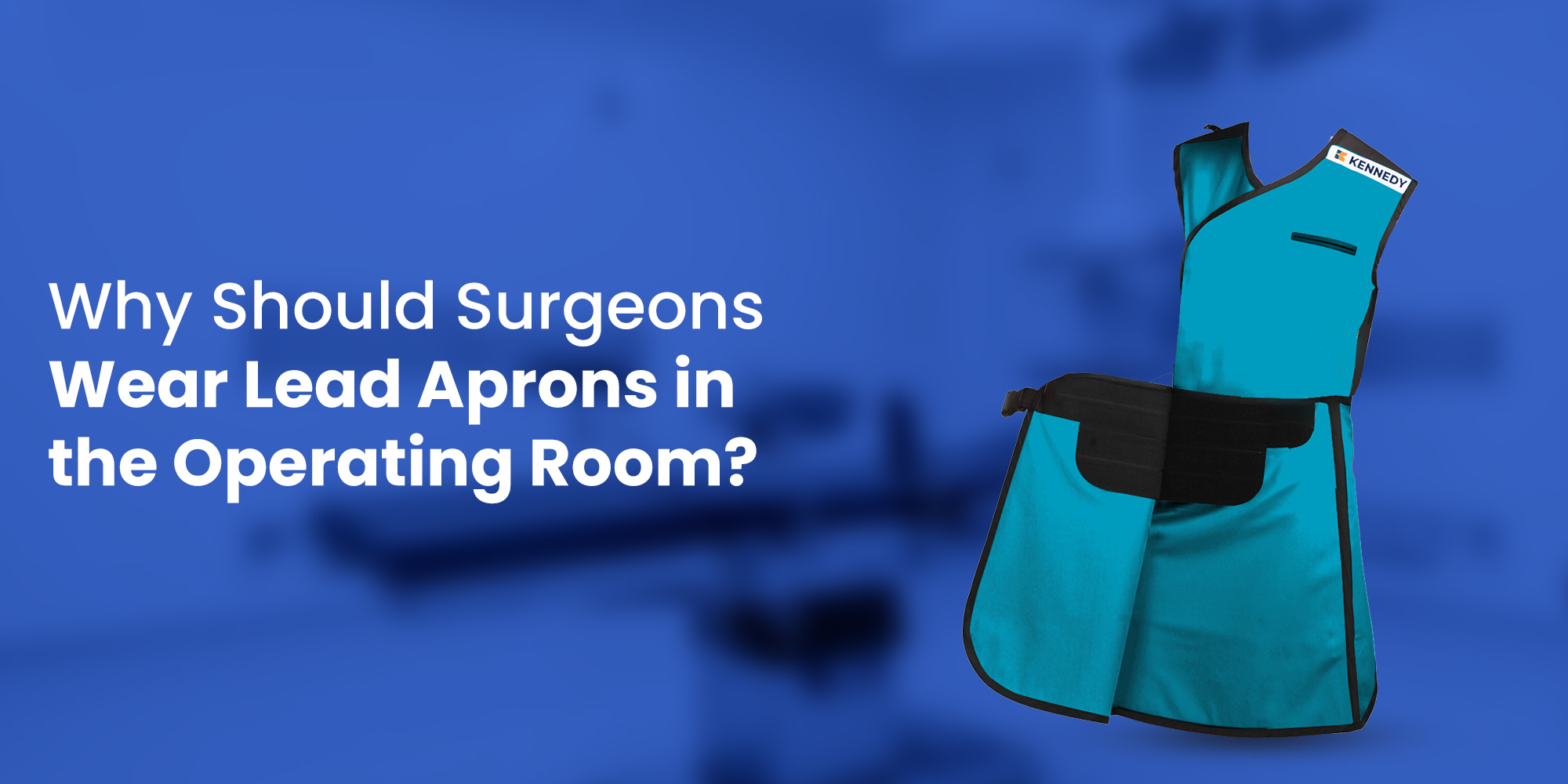In the world of modern medicine, surgeons are exposed to countless diagnostic and treatment tools that have revolutionized patient care. One such essential tool is X-ray imaging, which provides invaluable insights into a patient’s internal anatomy. However, the benefits of X-rays come with potential risks, as they emit ionizing radiation that can pose health hazards, especially to medical professionals frequently exposed to it. To protect surgeons from the harmful effects of X-ray radiation, lead aprons have become an indispensable piece of equipment in the operating room. In this article, we will delve deeper into the importance of lead aprons, exploring how they work, their design, and their role in ensuring surgeons’ well-being.
Understanding X-ray Radiation and Its Hazards
X-rays are a form of electromagnetic radiation with high energy capable of penetrating the human body. They are widely used in various medical procedures to diagnose and monitor different conditions, from broken bones to internal organ abnormalities.
X-rays are classified as ionizing radiation, which carries sufficient energy to ionize atoms and molecules, potentially causing cellular damage.
Long-term exposure to ionizing radiation can increase the risk of cancer, skin burns, infertility, cataracts, and other health issues. Medical professionals, including surgeons, are at higher risk due to their regular exposure during diagnostic imaging, surgical procedures, and fluoroscopy. Recognizing this risk, measures have been developed to protect healthcare workers, and lead aprons play a pivotal role in this regard
Role of Lead Aprons
Lead aprons are the frontline defense against X-ray radiation in the medical setting. They consist of lead or lead-equivalent materials, often combined with other metals, to ensure optimal radiation shielding. Lead is an effective radiation attenuator due to its high atomic number, which results in more significant interaction with X-ray photons.
As X-rays pass through the lead apron, photoelectric absorption occurs, where the lead atoms absorb the X-ray photons, significantly reducing their energy and potential harm to the wearer.
Lead aprons are a barrier to X-ray radiation, shielding the surgeon’s vital organs and reproductive tissues from unnecessary exposure. As most medical professionals work near the radiation source during procedures, wearing lead aprons is a crucial safety measure that reduces the risk of radiation-induced health issues.
Usage of Lead Aprons
Lead aprons by Kennedy Radiology are meticulously designed to optimize protection while ensuring the surgeon’s comfort and mobility during long and intricate procedures. These aprons come in various styles and sizes, catering to different body types and specific procedural requirements. Some aprons are full-body, covering the front and back, while others are smaller, providing targeted protection to particular areas of concern.
To maximize the apron’s effectiveness, choosing the appropriate lead thickness based on the radiation exposure level anticipated during the procedure is crucial. The lead equivalence of an apron denotes its protective capacity, with higher values providing better shielding. However, it’s essential to balance protection with weight, as heavy aprons may lead to discomfort and musculoskeletal strain for the surgeon.
Healthcare facilities should establish regular inspection and maintenance protocols to ensure the apron’s proper functionality. This involves checking for any signs of wear, damage, or cracks that could compromise the apron’s shielding capabilities. Additionally, regular training and education for medical personnel on using lead aprons are essential to instill best practices and ensure compliance.
Advancements in Radiation Protection
As technology advances, so does the development of more sophisticated radiation protection methods. New materials and techniques are being explored to create lead aprons with enhanced protective properties while reducing their weight and bulkiness. These improvements address the physical strain that long procedures can place on surgeons and medical staff, ultimately promoting better ergonomic practices.
Lead aprons are the best defense against X-ray radiation, safeguarding the health and well-being of surgeons and medical professionals in the operating room. Wearing these aprons symbolizes the medical community’s commitment to preserving their health and longevity of those who tirelessly work to advance the frontiers of medicine.







